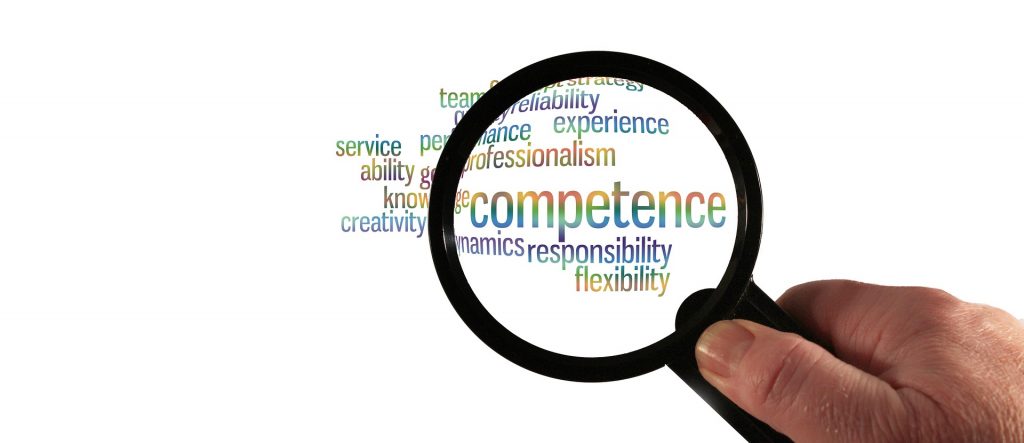We do ourselves a great disservice when we prioritize employees’ weaknesses instead of their strengths. I am not talking about behavioral weaknesses here but rather weaknesses in relation to skills and competencies. Sometimes, we invest a lot in making employees improve on their weaknesses that we begin to lose sight of their strengths.
This article by Career1o1 will help managers and HR personnel to know how to improve their employees’ strengths and yield great results for each employee.

.
1.Assess their skills and competencies and know what their strengths are
Knowing our strengths does not come naturally to everyone. There are some employees who are fully aware of their strengths and there are others who barely know their strengths but can quickly tell you their weaknesses. To be able to know your team’s strengths, start by conducting a strengths’ builder for each team member. There are several ways to design a strength builder. You can start by simply identifying what results they are fast to achieve in the most innovative way. And identify what competencies they have that makes it possible for them to achieve such results. You can guide your team in identifying these competencies or encourage them to do it themselves. To save time, most organizations use online strengths-assessment software.
2. Identify what competencies or skillset they will need to make them improve their strengths further and enroll them in related trainings
What area would you need their strengths in in the future? Will you want them to become institutional leadership coaches for the senior management? Can they serve as great performance management experts? Can they lead the new project on waste management based on their strengths? When you identify that their strengths will be beneficial to the organization, be intentional about developing their strengths and building competencies and skills out of them. I know of employees who were moved from customer service into the HR team because it was directly in line with their strengths and they performed extraordinarily well. Avoid moving employees from one team to another without designing their strengths builder and identifying their competencies and skills.
3. Pilot programs
Allow employees the chance to freely try new departments with their strengths and competencies and find out how they performed over a period. You could also give them special tasks to perform based on their strengths and developed competencies and watch them grow into becoming experts in that field. Give them constructive feedback that will guide them in their delivery. Aim at making their strengths sharper. Through the pilot program, re-evaluate the whole process and find out if you can improve upon it.






I’m blessed to be hooked on to this platform.
Thank you 1o1.
God bless you.
Great article out there for the working environment.
Thank you, Career1o1.com
God bless you.
.